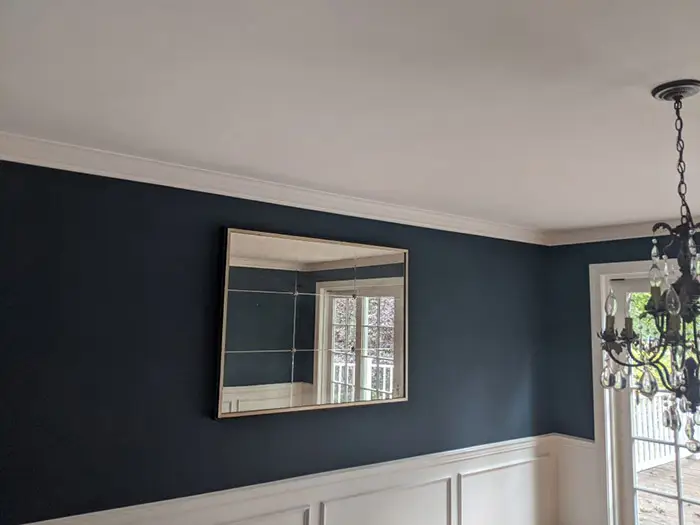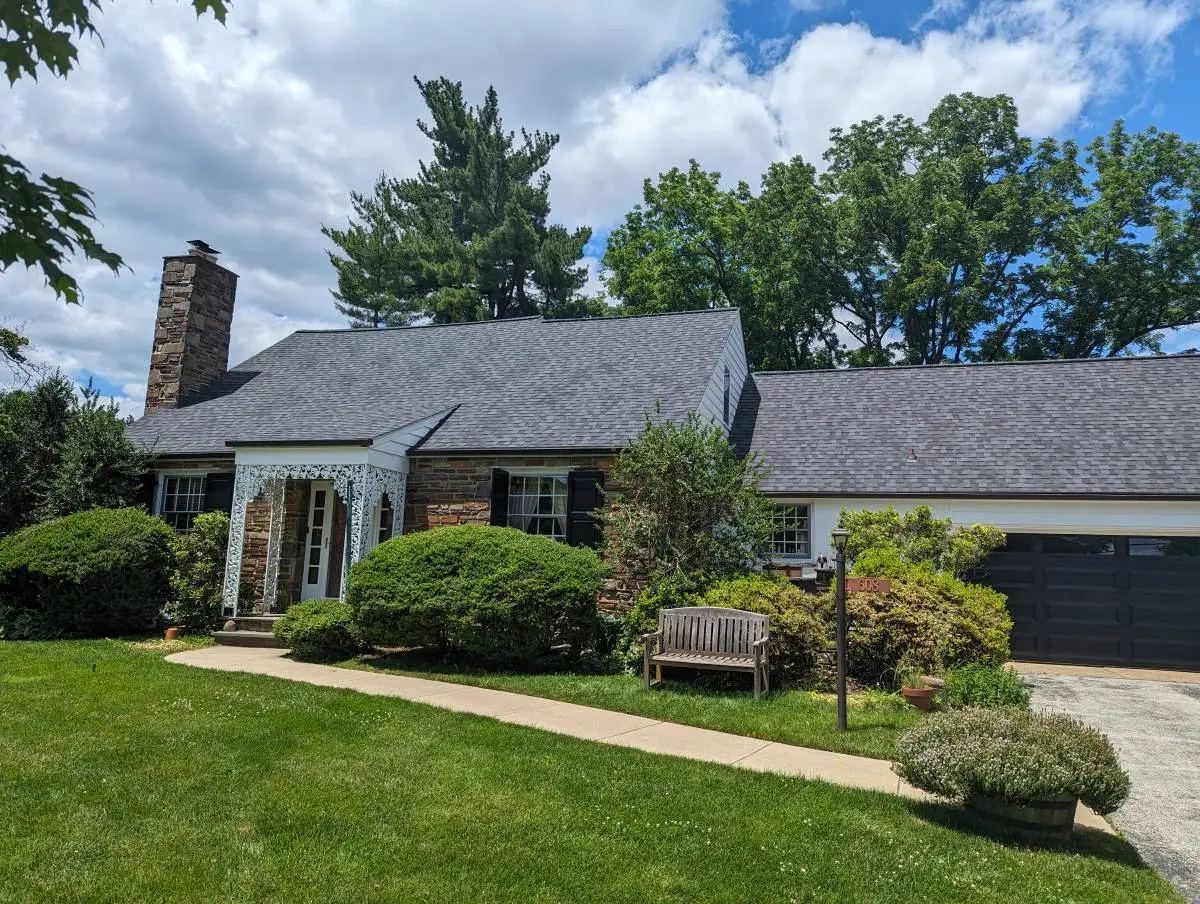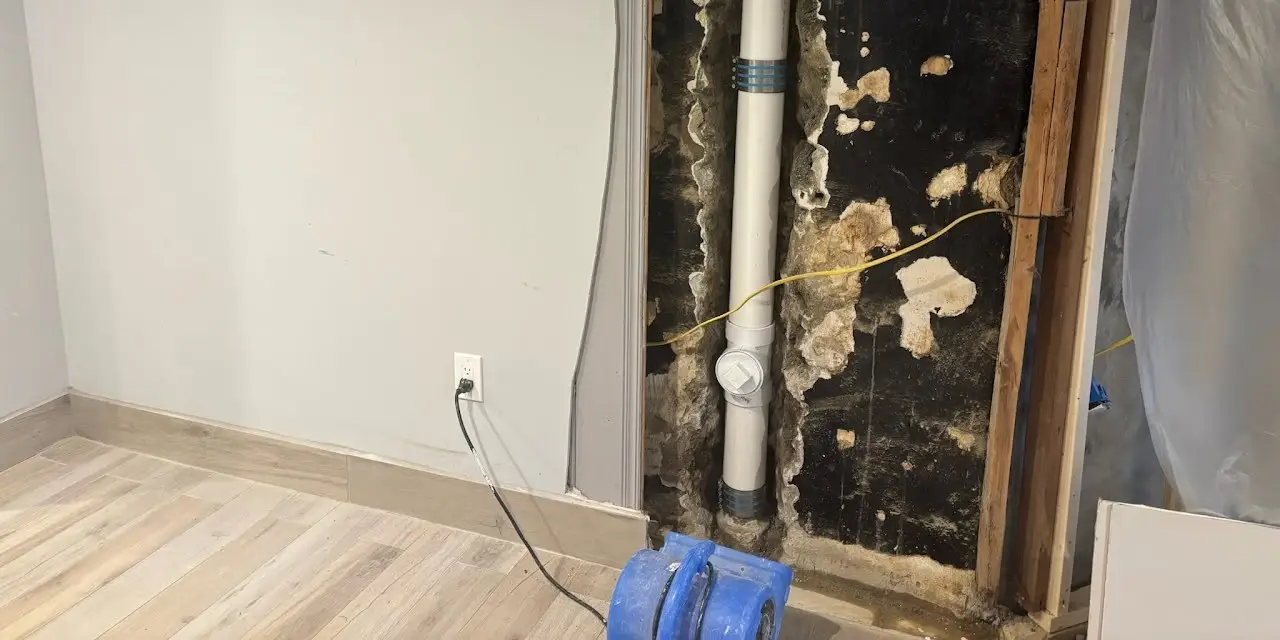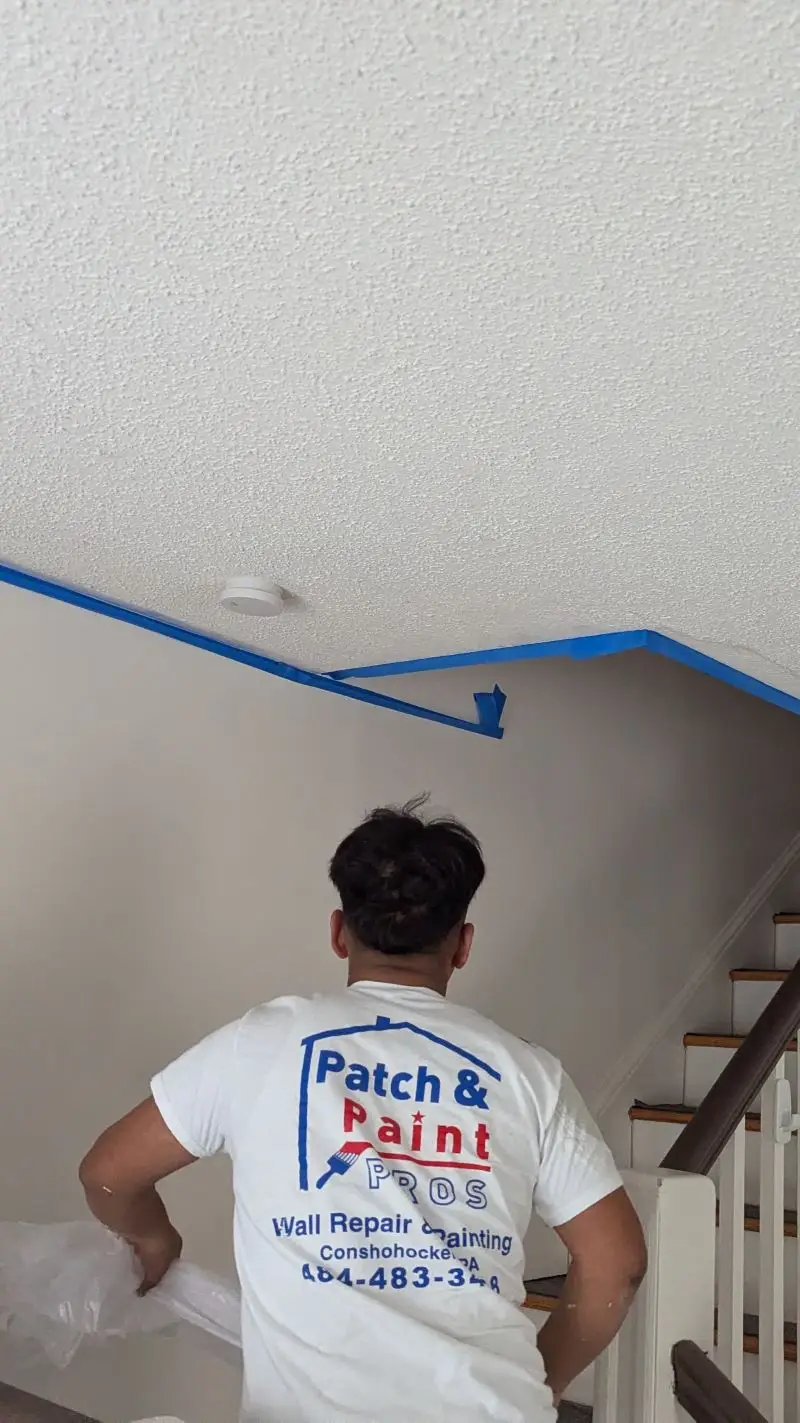In any homeowner’s life, water damage is a nightmare. It’s a prevalent problem that requires immediate attention to prevent further damage. As a homeowner, it’s crucial to understand the different types of water damage you may encounter in your home and how to deal with them effectively.
This article will help you identify and understand the five different types of water damage that can occur in your home. Whether it’s damage from broken pipes or flooding due to natural disasters, knowing how to handle each situation will save you time, money, and stress. Don’t wait until it’s too late to take action – read on to learn more about preventing and repairing water damage in your home with the help of professional water damage repair services.
Leaking Pipes
As a homeowner, it’s crucial to be aware of the warning signs of potential water damage before it’s too late. Leaking water heaters, fluctuating water levels, and visible water leaks from supply lines are all indicators that something could be amiss.
Even if you can’t see any visible signs of water damage, it’s important to keep an eye out for changes in your home’s structural integrity or a rise in your water bills. These could be signs of hidden water damage that require immediate attention.
If you do suspect water damage, it’s important to act quickly and call in a professional to assess the extent of the damage and provide a cost estimate for repairs. Remember, labor costs and mold remediation can quickly add up, so it’s essential to work with a reputable company and consider all financing options available, including insurance coverage.
Overflowing Toilets
Water damage from overflowing toilets can quickly lead to significant repairs and cleanup. Whether caused by a clog or sewage backup, gallons of water can damage floors, walls, and belongings in a home.
To prevent further damage, the first step is to turn off the water supply and assess the situation. It may be necessary to use a sump pump or other equipment to remove the excess water.
It’s also essential to identify any water supply line or plumbing issues that may have caused the problem in the first place. Mold growth is a common issue that can arise from prolonged exposure to water, so it’s important to act quickly to prevent it.
Contacting a professional with experience in water damage restoration and repair can help ensure that the situation is handled correctly. They can identify and fix any underlying problems to prevent similar issues from occurring in the future.
With their help, your home can be restored to its pre-damage condition, and you can have peace of mind knowing that your property is safe and protected.
Moving forward, it’s important to keep all drains clean and free of debris including hair clogs which are common causes of overflowing toilets.
Flooding
Flooding is one of the most common sources of water damage to homes. It can be caused by a number of factors such as heavy rains, snowmelt runoff, or an overflowing river. Flood waters often bring with them debris and contaminants that can cause serious property damage and health risks.
Here are three important considerations when dealing with flood damage:
- Consider all potential causes of flooding before attempting any repairs.
- Take steps to ensure your safety during clean-up, such as wearing protective clothing and using appropriate cleaning supplies.
- Document all damages for insurance purposes so you can get reimbursed for losses incurred.
It’s important to recognize the consequences of water damage in order to make sure it doesn’t happen again. Moving on from here, the next step is understanding how sewage backup affects homeowners.
Sewage Backup
Flooding can be devastating to a home, and the damage it causes can last for years. Take the case of Leslie, who lived on Long Island during Hurricane Sandy. Her house was flooded with several feet of water and her basement became filled with contaminated sewage that caused mold to grow on her walls and furniture. The experience left her feeling overwhelmed and exposed.
A sewage backup is another type of water damage that homeowners may have to deal with. Sewage backups occur when raw sewage enters your home from an overflowing septic tank or blocked sanitary sewer line – both are hazardous health risks as they contain bacteria and other microorganisms that can make people sick if ingested or touched. As such, any time you suspect a sewage backup has occurred, it’s important to contact professionals immediately to assess the situation before attempting cleanup yourself.
Roof Leaks
Roof Leaks are one of the most common causes of water damage in homes. Water can seep into a home through cracks and gaps between roof tiles, or from damaged flashing around chimneys and vents.
If left untreated, these leaks can cause major structural damage to walls, ceilings, and floors inside the house. The signs of a leaking roof may not be immediately visible.
It’s important to regularly inspect your roof for any missing or broken shingles, as well as any areas where there is discoloration on the ceiling or walls – which could indicate water has been dripping down from above. If you suspect a problem with your roof, it’s best to call in an expert right away to assess and repair the issue before further damage can occur.
Final Thoughts
Water damage to the home can be a frightening thing, and it is important for homeowners to understand what types of water damage there are and how best to address each one.
There are leaking pipes, overflowing toilets, flooding, sewage backup, and roof leaks – all of which require varying levels of expertise in order to handle properly. It’s like a game of whack-a-mole; when you think you have one situation under control, another pops up out of nowhere.
Knowing the different types of house water damage will help us stay ahead of any potential problems before they become too large or costly to manage. Investing in preventive measures now could save us from an emotional rollercoaster later on down the road.





